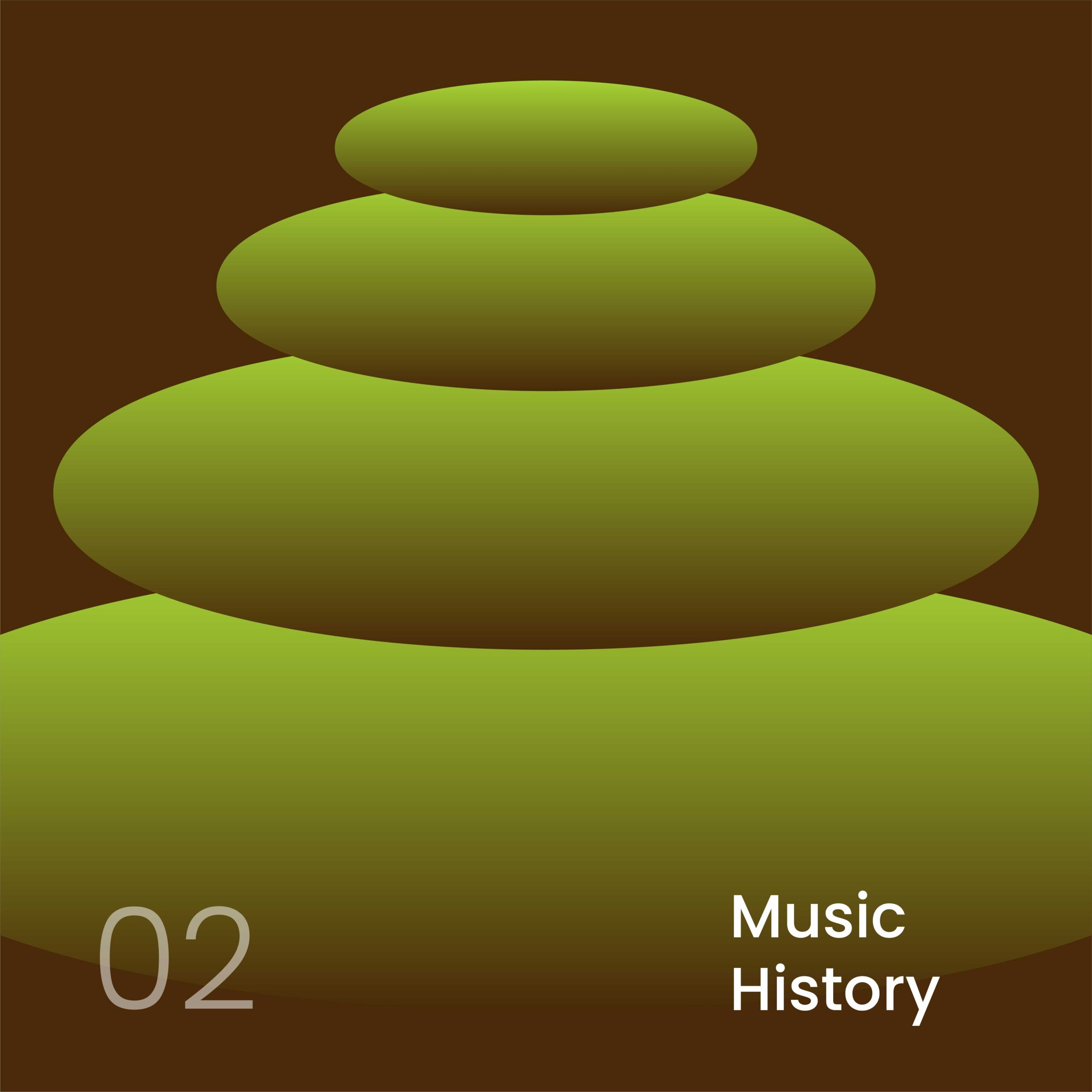Cultural Soundtracks: How Traditions Shape Tunes
Music is an undeniable cultural force, reflecting the stories, traditions, and emotions of communities worldwide. From the deserts of the Middle East to the bustling streets of Mumbai, every culture carries its unique soundtrack that shapes its identity. While these musical traditions vary across borders, India’s contribution to the world of music is unparalleled, both in its diversity and its influence on global sounds.
India’s rich cultural heritage is evident in its music, with every state offering a unique blend of rhythms, melodies, and instruments. From the Carnatic music of the South to the Hindustani classical styles of the North, India’s traditional soundscape is as varied as its geography. These genres are deeply rooted in centuries-old practices, often intertwined with religion and spirituality. For instance, bhajans and kirtans have been a way of expressing devotion and achieving transcendence, much like gospel music in the African-American church tradition or the chants of Buddhist monks in East Asia.
Across the globe, indigenous communities have preserved their musical traditions as a way of maintaining their cultural identity. In India, the folk music of Rajasthan, with its soulful renditions on the sarangi and the beat of the dholak, mirrors the storytelling traditions of West Africa, where the kora and djembe narrate histories of tribes and families. Both traditions highlight the human need to connect through stories, transcending language and time.
India’s musical identity is also defined by its instruments, many of which have gained global recognition. The sitar, tabla, and veena are as iconic as the piano or violin in Western classical music. Musicians like Ravi Shankar and Zakir Hussain have taken these instruments to international stages, collaborating with global artists and creating fusion music that bridges cultural divides. Similarly, the bansuri flute, with its ethereal tones, has found its way into film scores and contemporary global music, much like the didgeridoo from Australia or the shamisen from Japan.
Religious music plays a pivotal role in shaping cultural soundtracks around the world. In India, devotional genres like qawwalis and Sufi music transcend mere religious practice, becoming forms of art that appeal to people of all faiths. Globally, this mirrors traditions like gospel music in the U.S. and Gregorian chants in Europe, where music becomes a medium to connect with the divine. The qawwalis of the Indian subcontinent, popularized by legends like Nusrat Fateh Ali Khan, have garnered international acclaim for their ability to evoke deep emotional responses.
The interplay of music and resistance is another theme that finds resonance globally and in India. Folk songs like those sung by the Baul minstrels of Bengal or protest songs during India’s independence movement echo the power of music as a unifying force. Globally, this is mirrored in genres like American blues, which arose from the struggles of African-Americans, or the anti-apartheid anthems of South Africa. These soundtracks of struggle remind us that music is not just entertainment but a voice for change.
In modern times, globalization has blurred cultural boundaries, giving rise to fusion genres that blend traditional Indian sounds with global beats. Bollywood, India’s most powerful cultural export, has infused everything from classical ragas to Punjabi folk tunes into its music, influencing global audiences. Songs like “Jai Ho” from Slumdog Millionaire exemplify how Indian music can resonate with international listeners, blending traditional elements with contemporary production. Similarly, collaborations like those between A.R. Rahman and international artists such as The Pussycat Dolls and Hans Zimmer highlight how Indian traditions can seamlessly merge with global styles.
The rise of festivals and events dedicated to cultural music has further amplified India’s global musical presence. Festivals like the Jaipur Literature Festival and NH7 Weekender showcase Indian folk and classical music alongside international genres, introducing the world to the depth of India’s soundscape. These platforms have become crucial in ensuring that traditional music remains relevant in an increasingly modernized world.
India’s influence on global music extends beyond its borders through its diaspora. Indian communities worldwide have carried their musical traditions with them, introducing global audiences to everything from bhangra beats in the UK to Carnatic concerts in the U.S. This cultural exchange is not one-sided; Indian musicians are equally influenced by global sounds, leading to innovative creations like electronic fusion or jazz-infused ragas.
Traditional music across cultures serves as a powerful reminder of shared human experiences. The beats of a dhol during an Indian wedding might evoke the same sense of joy as an African djembe at a community celebration. The soulful strains of a Hindustani raag can stir emotions just like a Celtic fiddle tune in Ireland. These cultural soundtracks, while rooted in their unique traditions, ultimately speak a universal language that transcends borders.
As we move further into a globalized era, India’s role in shaping and sustaining cultural music remains significant. The nation’s ability to adapt its traditional sounds to modern contexts ensures that its music remains dynamic while honoring its roots. Whether it’s through Bollywood, collaborations with international artists, or the everyday hum of a folk tune in a rural village, India’s cultural soundtrack continues to inspire and connect the world.













